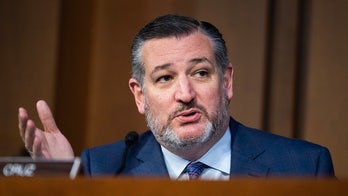Censure in the House is similar to a reprimand. It is done by a majority of the full House voting with the Member in question standing in the well of the House receiving a verbal rebuke by the Speaker of the House as he (or she) reads the details of the censure resolution.
The Constitution gives the House broad latitude in determining methods for sanctioning its members. Expulsion, for instance, appears in the Constitution. Censure does not. But over time, censure has become an accepted practice of disciplining a member for his or her conduct.
The censuring of a member does not carry any particular limitation on powers or privileges afforded a Member of Congress. There are no specific rules governing what happens to a member who has been censured.
However in the past, the party conferences and caucuses have decided to discipline their own based on the decision to censure a member.
The first member to be censured was William Stanberry of Ohio on July 11, 1832 for insulting the Speaker of the House.
The House has not censured any members since 1983.
22 House members have been censured in the history of the House. The last two were former Reps. Gerry Studds (D-MA) and Daniel Crane (R-MI). they were both censured on July 20, 1983.
Both were censured for sexual misconduct with a House page.




